



Suggested citation: Harikumar, Aravind, Anand RM, Himani Jain, and Sowmia Philip. 2022. India’s EV Transition: Catalysing Kochi’s Electric 3-Wheeler Market Through Local Policy. New Delhi: Council on Energy, Environment and Water.
This policy brief conducts a deep dive into Kochi’s three-wheeler (3W) market to chart a strategy for a 100 per cent electrification of the fleet. The brief models the growth of business as usual 3W fleet stock in Kochi and highlights the possible share of diesel, petrol, compressed natural gas (CNG) and electric auto rickshaws (e-3W) in Kochi’s stock till 2030.
The brief also analyses the political, economic, social, technological, environmental and legal potential of e-3W in Kochi. Based on the analysis, it recommends 10 goals for local policy action towards a 100 per cent electrification of the 3W fleet in Kochi. These goals also act as a guide for other cities to catalyse their e-3W markets through local policy.
While we aspire to own two wheelers and four wheelers, the humble 3 wheeled autorickshaw has provided affordable intracity and intercity commutes for a long time in India. It has remained an integral part of mobility in urban, suburban and rural areas in the country. Three-quarters of the total autorickshaws in the world ply in India (Harding et al. 2016). Although autorickshaws form only a small percentage of vehicle stock in various cities (2–11 per cent), they make up 10–20 per cent of the daily trips made using motorised transport (Mani, Pai, and Aggarwal 2012). Autorickshaws, which ply as a forhire vehicle, provides livelihood for an estimated 11 million people across the country (using inputs from Chhabra, Chowdhury, and Chowdhury 2021).
Autorickshaws offer a comfortable and easy commute for the masses, but their use of petrol and diesel as fuel causes high emissions and noise. The electric autorickshaw bestows several benefits such as low cost of ownership, higher savings for its owners, zero tail pipe emissions and negligible noise. However, their uptake has been slow. The share of electric autorickshaws in India in overall autorickshaw sales increased from just 0.1 per cent in 2013 to almost 6.2 per cent in 2022 (Ministry of Road Transport and Highways, August 2022).
A snapshot of how 3W fleet operates currently in Kochi
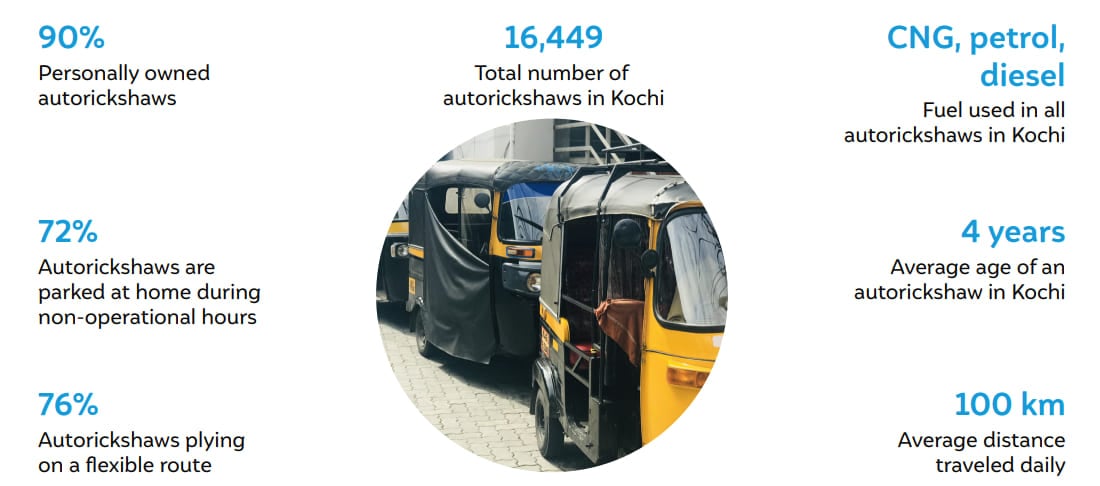
Source: Authors’ analysis
Electric transition in the three-wheeler (3W) segment still lags behind the desired pace. This could be attributed to low level of awareness, lack of clear perception about electric 3Ws (e-3Ws), limited financing and incentives, poor visibility, deficiency in supply, and absence of charging infrastructure. The 3W segment is probably the lowest hanging fruit for EV transition. It is the strongest example of inclusivity in India’s green growth pathway. e-3W is a clear solution for simultaneously reducing emissions and improving livelihoods and local policy action is needed to catalyse this market. For charting the market for e-3W, we use data from a primary survey of 268 autorickshaw drivers, secondary data on 3W registration from road transport authority (RTO), group discussions with autorickshaw drivers, and extensive interviews with government officials, political leaders, and civil society stakeholders.
Business as usual 3W market
Livelihood improvement from e-3W
Emissions potential
Potential for fleet renewal
Induced demand from phasing out of old petrol, diesel and CNG vehicles can generate a demand for more than 32,000 e-autorickshaws by 2030.
By catalysing the e-3W market, business-as-usual situation of 3W fleet in Kochi where EVs constitute to 20 per cent of the fleet in 2030 can be altered to a situation where 100 per cent of the fleet is electric.
Based on the case study of Kochi, we recommend 10 goals for a local policy action for any city to accelerate their 3W transition to electric, without requiring any sales or registration mandate.
All the 10 goals and suggested policy actions may not be applicable or necessary for all the cities. However, this may be used as a guide by the local government to develop a programme for 100 per cent transition of their respective 3W fleet into electric vehicles.
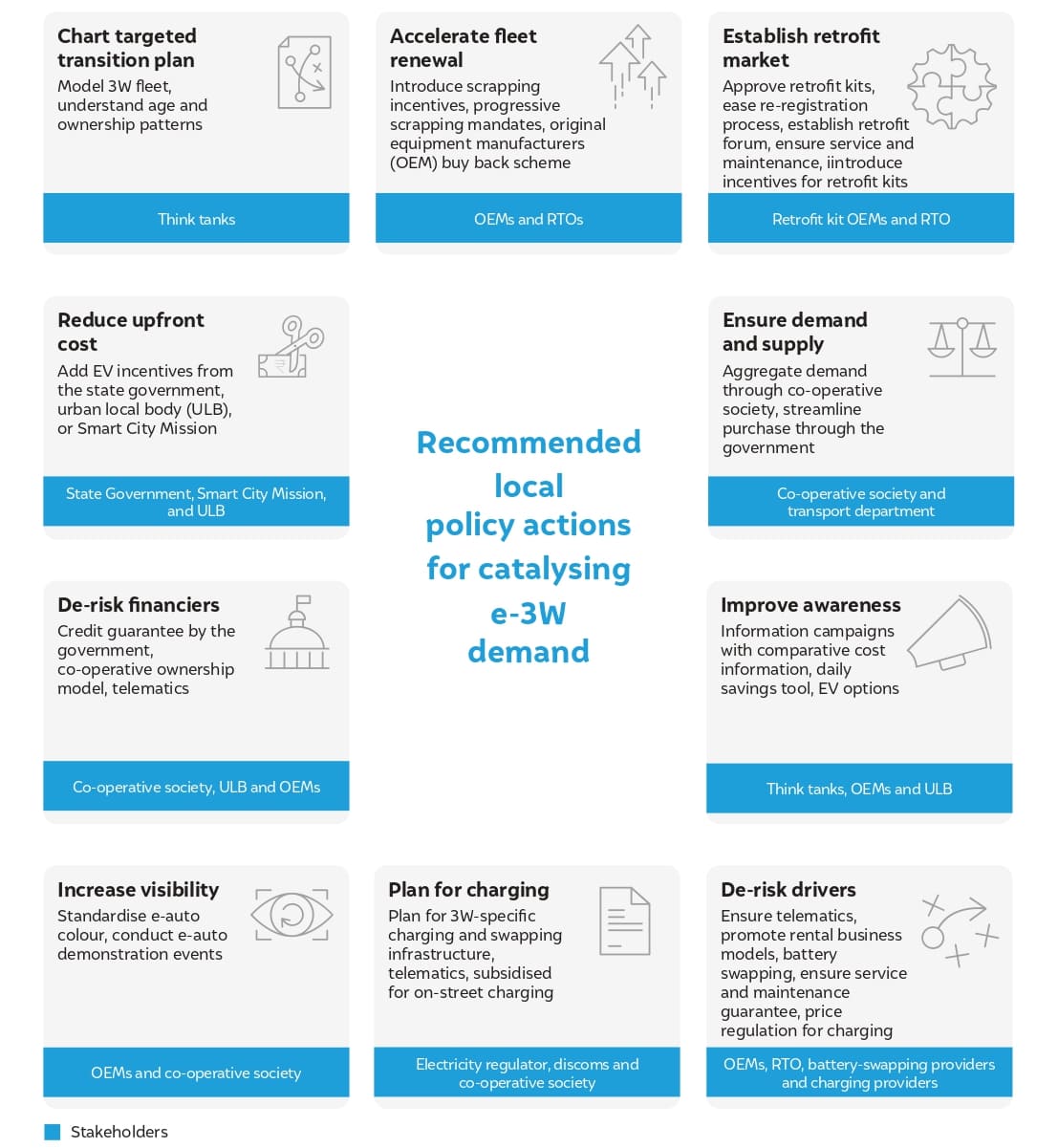
Source: Authors’ analysis
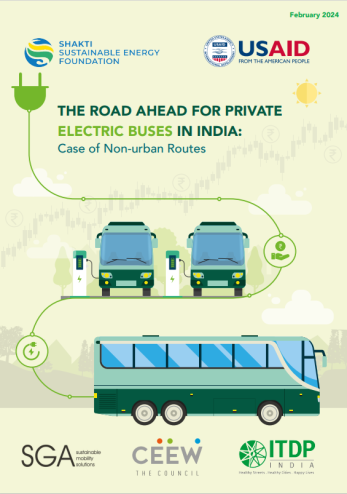
The Road Ahead for Private Electric Buses in India
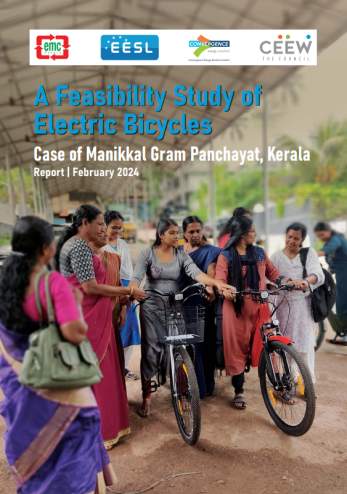
A Feasibility Study of Electric Bicycles
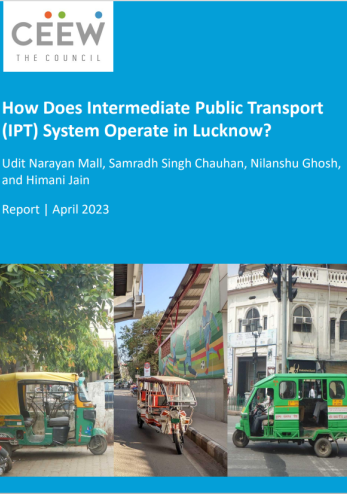
How Does Intermediate Public Transport (IPT) System Operate in Lucknow?
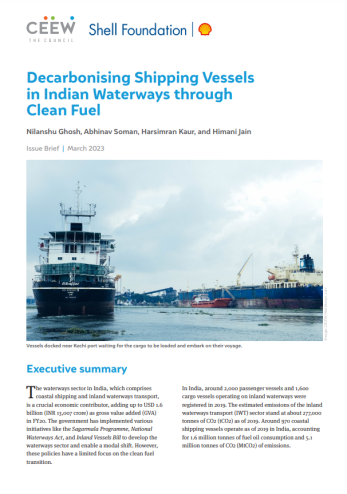
Decarbonising Shipping Vessels in Indian Waterways Through Clean Fuel